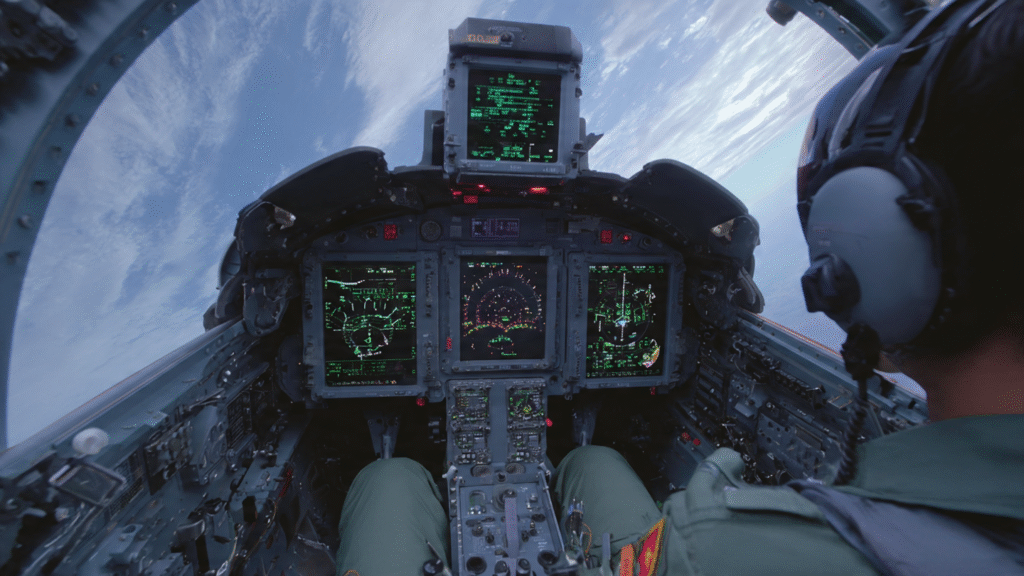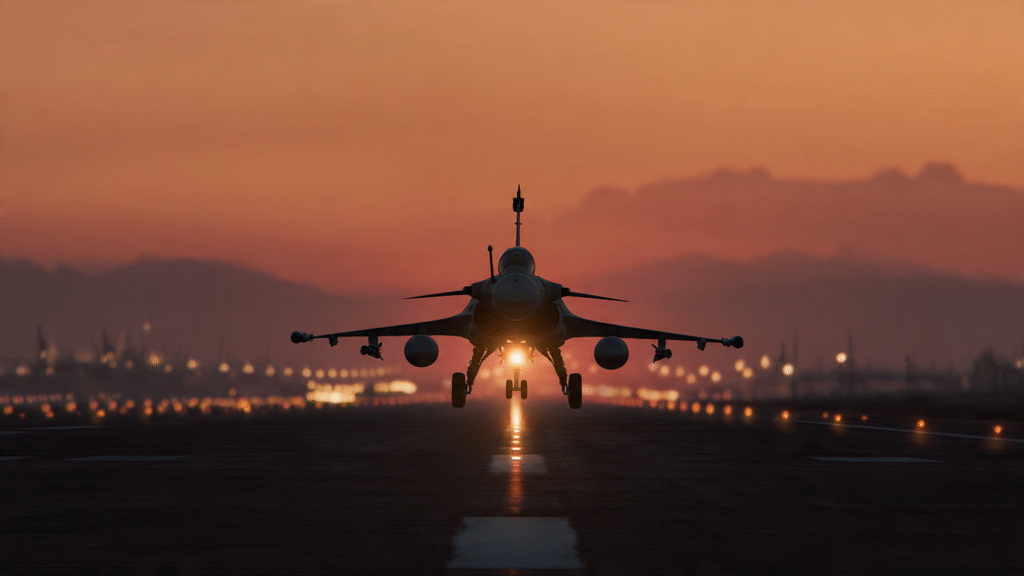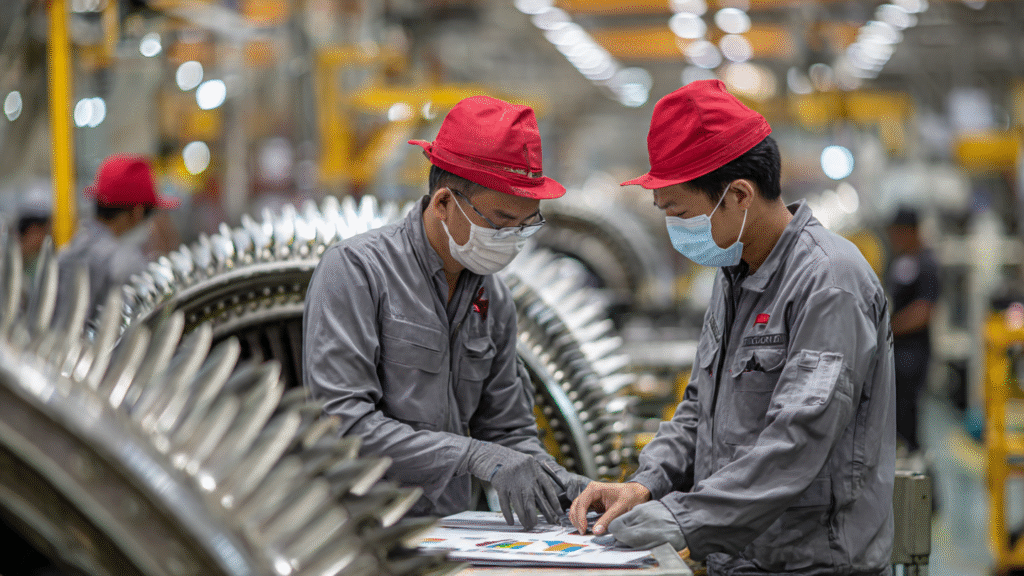Indonesia Buys 42 Chinese J-10C Fighter Jets in $9B Deal: A Boost for Pakistan’s Defense Tech and Regional Dynamics
On October 15, 2025, Indonesia finalized a groundbreaking $9 billion deal to acquire 42 Chengdu J-10C fighter jets from China, marking its first major non-Western military aircraft purchase. Defense Minister Sjafrie Sjamsoeddin announced the jets would “soon soar over Jakarta,” signaling a strategic pivot amid rising tensions in the Indo-Pacific. The decision was heavily influenced by the J-10C’s proven combat success in Pakistan’s brief 2025 skirmishes with India, where the aircraft demonstrated superior agility and precision, validating Chinese aerospace technology on the global stage.
The $9 Billion Deal: Strategic Shift and Technical Specifications
This multirole fighter jet acquisition, unveiled after Indonesia’s delegation visited the China International Aviation & Aerospace Exhibition in May 2025, reflects a deliberate move away from traditional suppliers like the United States (F-15EX) and France (Rafale). The J-10C, equipped with advanced Active Electronically Scanned Array (AESA) radar, long-range PL-15 air-to-air missiles, and stealth-enhancing features, offers a cost-effective alternative with cutting-edge capabilities. Analysts estimate the deal includes training programs, maintenance support, and potential technology transfers, valued at over $2 billion, enhancing Indonesia’s self-reliance in defense (Washington Post).
The jets’ deployment is expected to bolster Indonesia’s air defense against regional rivals like Australia and Malaysia, while also serving maritime patrol roles in the contested South China Sea. Military experts note the J-10C’s performance edge over Russia’s Su-35, which Indonesia had previously considered, due to its lighter frame and advanced avionics tailored for diverse combat scenarios.
Pakistan’s J-10C Success: A Catalyst for Indonesia’s Choice
Pakistan’s operational use of the J-10C, acquired in batches since 2019, gained international attention during a February 2025 border skirmish with India. Official reports from the Pakistan Air Force (PAF) claim the J-10C downed two Indian Rafale jets with minimal losses, showcasing its beyond-visual-range (BVR) combat prowess. This success, detailed in a PAF press release, highlighted the jet’s AESA radar and PL-15 missile system, outmaneuvering India’s older MiG-29s (Asia Times).
Indonesia’s defense ministry cited this performance as a key factor, with a senior official noting, “Pakistan’s real-world data gave us confidence in the J-10C’s reliability.” The deal also strengthens Sino-Pakistani military ties, as Pakistan shares operational insights, potentially influencing future J-10C upgrades. This collaboration could see joint exercises in 2026, enhancing regional security alignments.
Regional Implications: Shifting Power Balances
Indonesia’s purchase challenges the U.S.-led defense network in Southeast Asia, where countries like Singapore and the Philippines rely on American hardware. The move aligns with China’s Belt and Road Initiative, expanding its military influence. A Carnegie Endowment report warns of a potential arms race, with Vietnam and Thailand likely to counter with Russian or U.S. jets (Carnegie Endowment).
Twitter reactions reflect this shift: “Indonesia’s J-10C buy—China’s airpower rising, US influence waning!” (Defense Watch). Analysts predict increased Chinese naval presence near Indonesian waters, prompting Jakarta to balance this with diplomatic ties to Washington.
Economic and Political Ramifications
The $9 billion investment strains Indonesia’s 2025 defense budget, projected at $8.9 billion, raising concerns about fiscal sustainability. However, experts argue the deal’s long-term benefits—job creation in aerospace and export potential—justify the cost. Politically, President Prabowo Subianto faces domestic criticism for aligning with China, with opposition leader Anies Baswedan calling it a “security gamble” (Jakarta Post).
For Pakistan, the deal reinforces its role as a testing ground for Chinese exports, potentially securing more defense contracts. India, however, views this as a threat, with Defense Minister Rajnath Singh hinting at accelerated Rafale acquisitions to maintain regional parity.
Conclusion
Indonesia’s $9 billion J-10C deal marks a pivotal moment in Asian geopolitics, boosting Pakistan’s defense tech credibility while reshaping alliances. As China’s influence grows, the region braces for a new era of military competition, urging diplomatic efforts to maintain stability. This development underscores the global demand for affordable, battle-proven aircraft, with eyes on future Indo-Pacific security trends.



